
Japan hangs doomsday cult guru Shoko Asahara and six followers for 1995 sarin attack on Tokyo subway
The founder of the Aum Shinrikyo cult had been among 13 people on death row for their roles in the murders of 29 people
Aum Shinrikyo cult founder Shoko Asahara, who was convicted of numerous murders including the 1995 sarin gas attack on the Tokyo subway system, was executed Friday along with six former senior members of the cult, the Justice Ministry said.
Asahara, 63, whose real name was Chizuo Matsumoto, was sentenced to death more than a decade ago for masterminding the subway attack and other acts that resulted in the deaths of 29 people among a total of over 6,500 victims. He was among 13 people placed on death row in connection with the string of crimes perpetrated by the doomsday cult.

“Their death penalties had been finalised after sufficient deliberations at courts,” Justice Minister Yoko Kamikawa said at a press conference in the afternoon, adding that she made careful considerations before ordering the executions on Tuesday.
Kamikawa, however, declined to comment on how the seven were selected among the death row inmates.
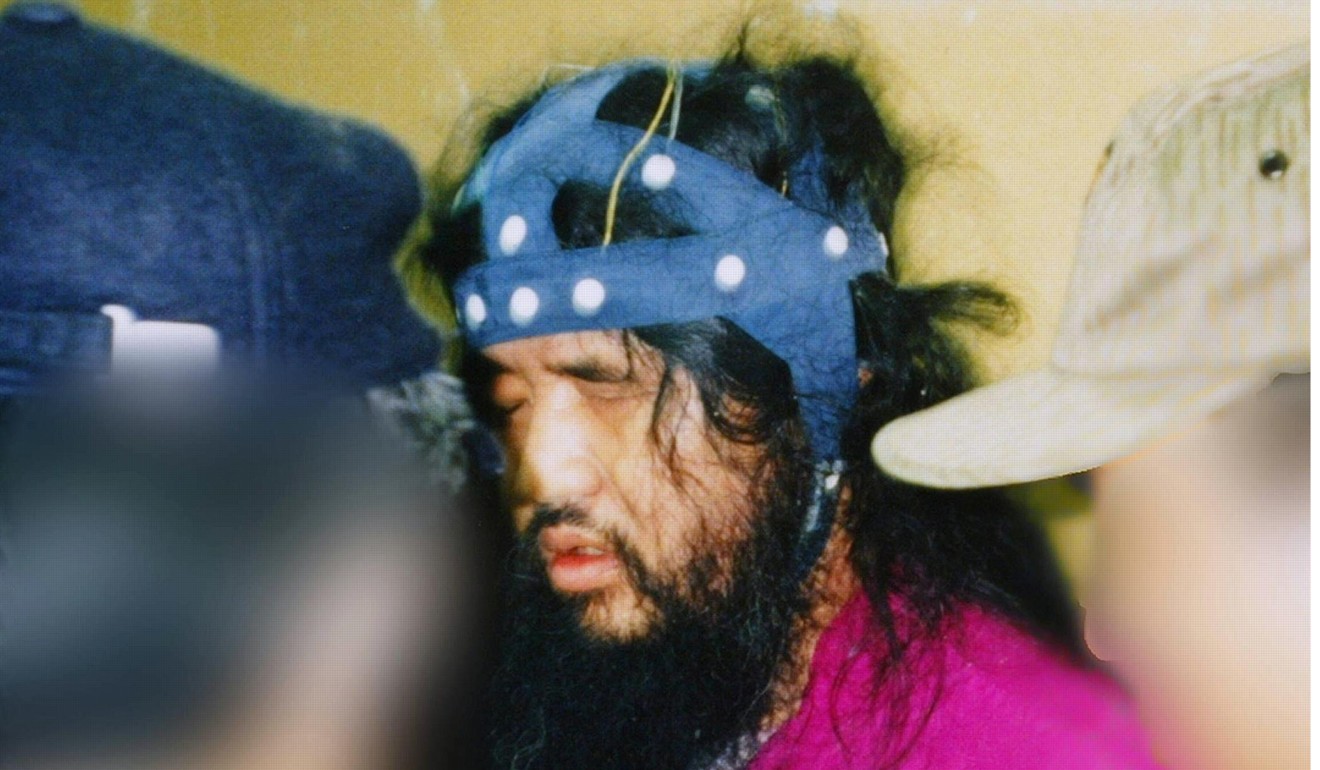
In March, seven of the 13 Aum death row inmates were transferred from the Tokyo detention centre to other facilities across the country, fanning speculation they could be executed anytime. Some of those transferred were not among the seven hanged Friday.
Inoue, who was among the transferred seven, filed for a retrial at the time. Japan usually does not execute people who are seeking retrial.
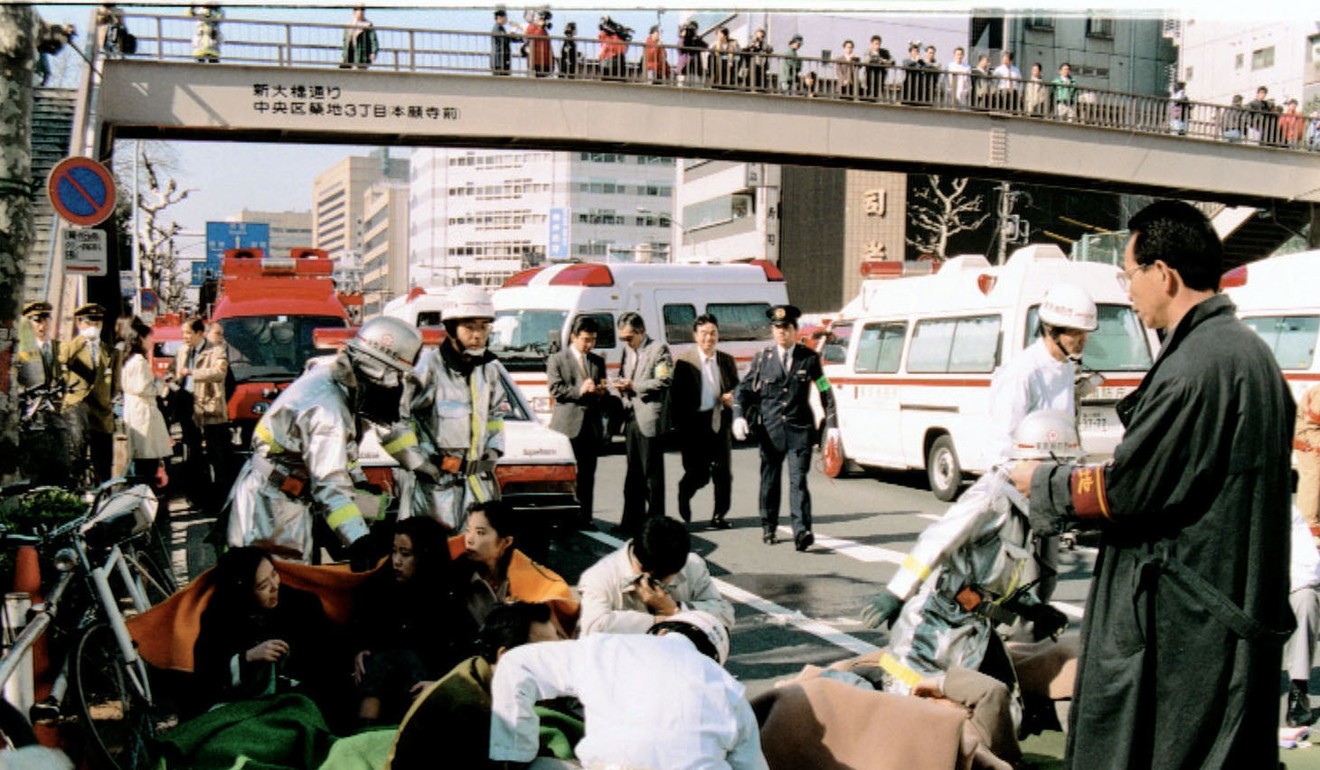
The move drew sharp criticism from some lawmakers as well as Amnesty International, which called capital punishment “the ultimate denial of human rights”.
But family members of victims said the punishments were overdue, and Kamikawa said that capital punishment is “unavoidable” for such heinous crimes.
Japan cult spin-offs persist two decades after subway sarin attack
Victims of Aum crimes and their families largely welcomed the move, which came decades after the crimes were committed due to prolonged trials; the appeal process for all the co-accused was only completed in January, apparently precipitating Friday’s executions. Some said Japan has now lost a chance to hear an account of the crimes from Asahara, who had stopped making meaningful speeches from the middle of his first trial, which started in April 1996.
“The time has come. That was my only thought,” said Shizue Takahashi, 71, who lost her then-50-year-old husband, the assistant stationmaster Kazumasa, in the Tokyo subway sarin attack, adding many others had been waiting for the day.
“A third of my life has been affected by Aum. Thinking that makes me feel frustrated,” Takahashi said.
Chief Cabinet Secretary Yoshihide Suga said police have increased vigilance toward the cult’s successor organisation, Aleph, following the executions.
“The police will take measures to be fully prepared,” the top government spokesman said when asked by reporters about potential retaliation by people close to the cult.
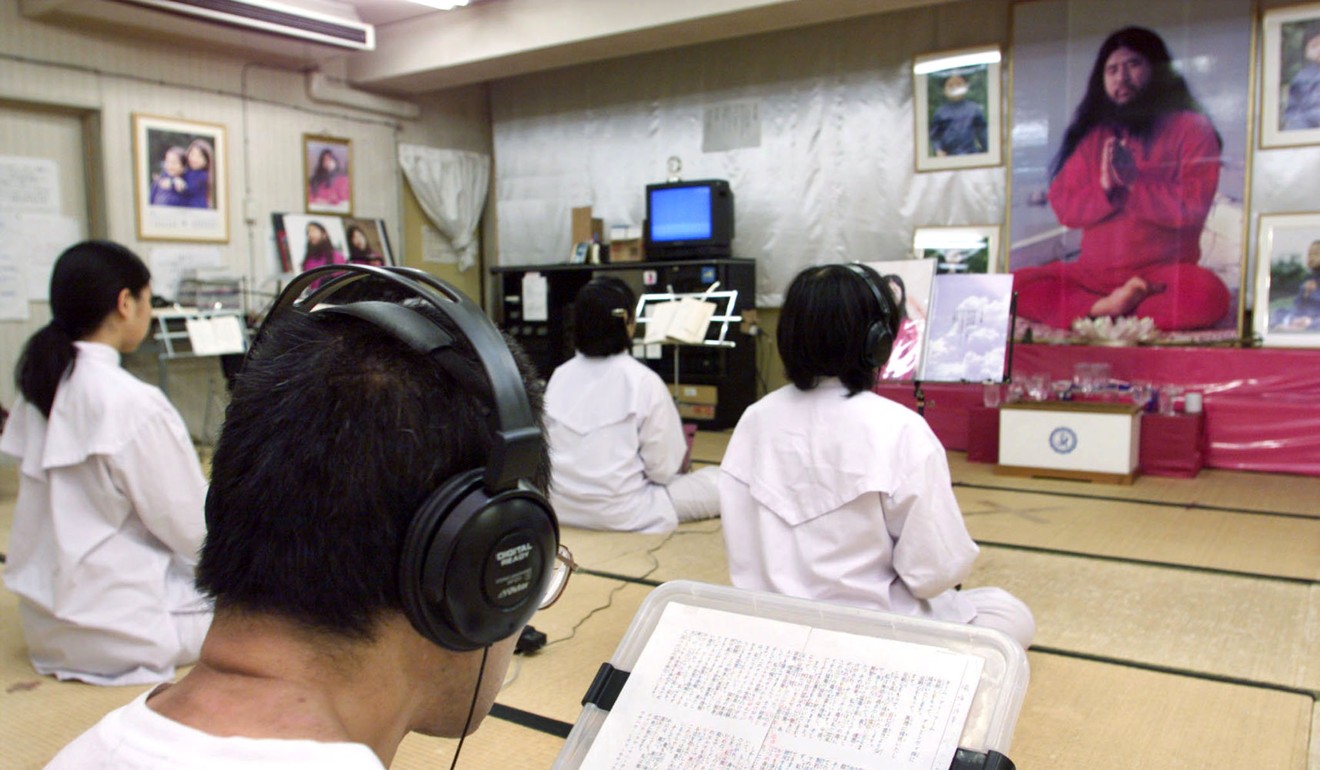
The Public Security Intelligence Agency on the same day inspected Aleph offices and other related sites nationwide.
Asahara was arrested in May 1995, just under two months after the March 20 subway attack, which claimed the lives of 13 people and left more than 6,200 others injured.
In a February 2004 ruling, the Tokyo District Court found Asahara guilty of all 13 charges and sentenced him to death, saying, “We cannot help saying that the motivation and purpose of the crimes were too outrageous and ridiculous, as he tried to control Japan in the name of salvation.”
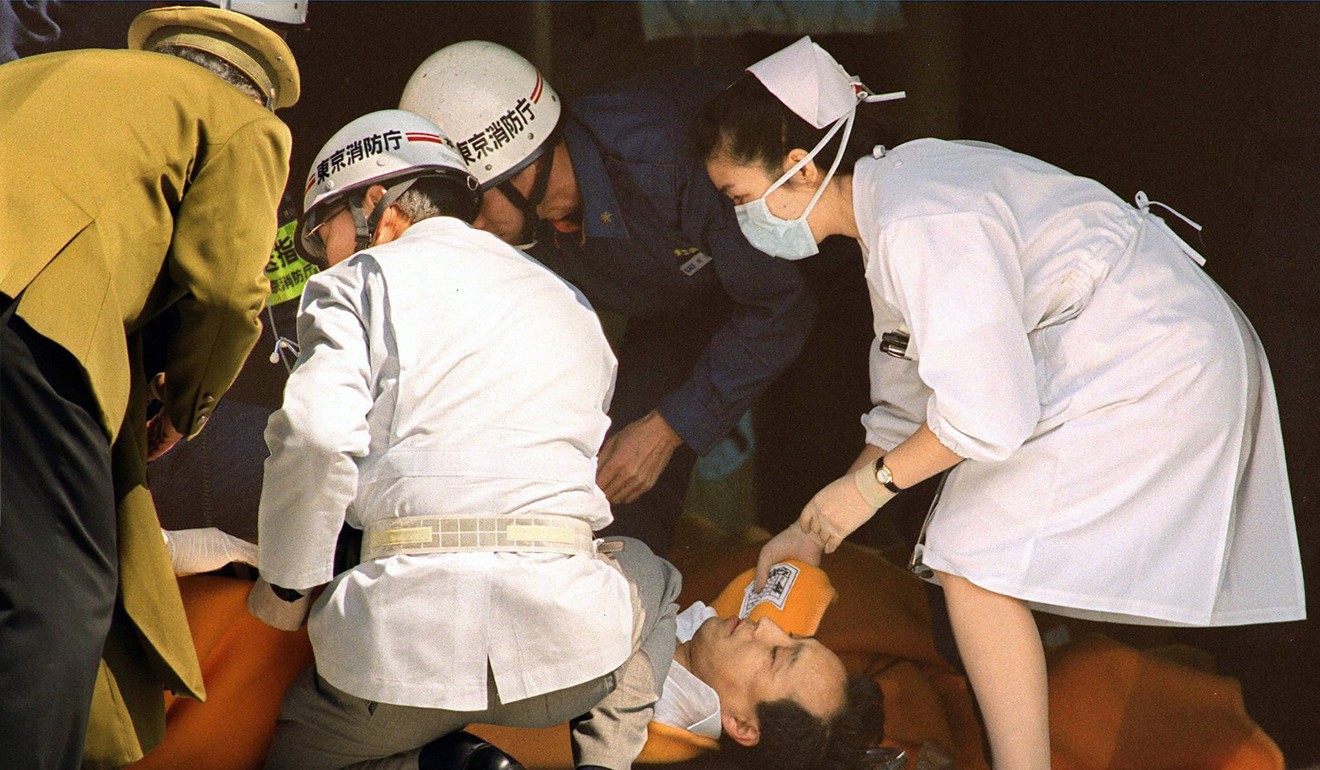
Asahara was also convicted of masterminding a June 1994 sarin gas attack in Matsumoto, Nagano Prefecture, which killed eight people and injured more than 100.
He was also convicted of the murders of lawyer Tsutsumi Sakamoto – who had been helping parents seeking to free their children of the cult’s control – as well as Sakamoto’s wife and their one-year-old son in November 1989. The death sentence against Asahara was finalised in 2006.
Sarin gas attack survivor recalls near miss on Tokyo subway
After his arrest and the start of his trial in April 1996, Asahara began exhibiting baffling behaviour in the courtroom and detention facilities, often remaining silent or just mumbling.
His execution came as a slew of trials involving Aum members came to an end after more than 20 years with the Supreme Court’s decision on January 18 to reject an appeal against a life sentence filed by Katsuya Takahashi, the last former member on trial.
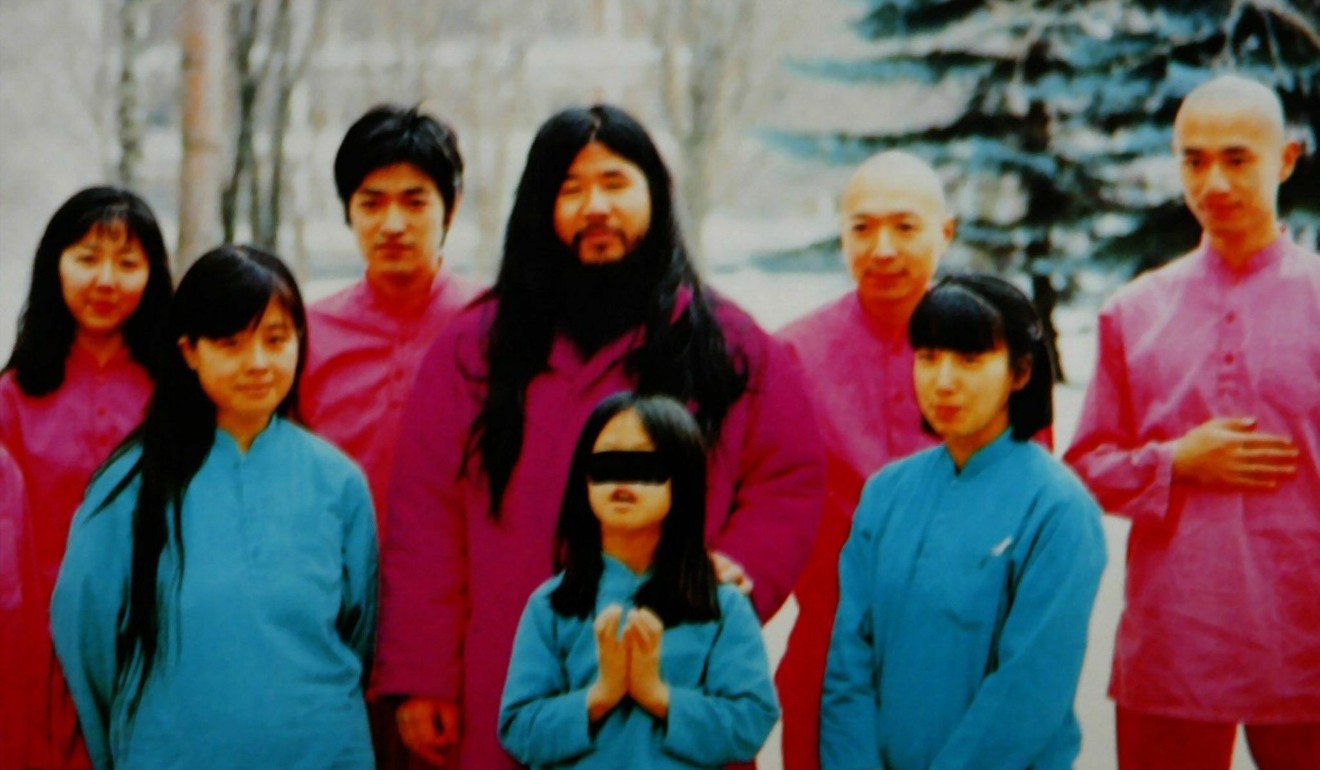
Japan forgoes executing death row inmates if an accomplice is still on trial. Around 190 people were indicted for crimes involving Aum Shinrikyo, and Asahara’s first trial alone took seven years and 10 months to complete at the Tokyo District Court.
Aum evolved from a yoga school established by Asahara in 1984 and had about 1,400 live-in followers and over 10,000 lay followers at one point. It renamed itself Aleph in 2000 and two splinter groups have been formed, including one established by high-profile former member Fumihiro Joyu.
Following reports of the executions, Joyu reiterated his apology to people affected by Aum but said he is no longer part of the original cult.
“As I also bear a heavy responsibility, I would like to apologise to the victims,” he said, although adding, “I have left Aleph more than 10 years ago, and I don’t have any special feelings (for Asahara).”
The Public Security Intelligence Agency continued to monitor the groups, believing they were still under the influence of Asahara. The followers of the three groups total about 1,650 in Japan and about 460 in Russia, while the groups hold more than 1 billion yen (US$9 million) in assets, according to the agency.
Asahara told his followers he is the incarnation of Shiva, the Hindu god of destruction and regeneration, and urged them to entrust themselves and their assets to Shiva and himself for life, according to prosecutors who indicted him.
After he and 24 other Aum members unsuccessfully ran in the House of Representatives election in 1990 in an attempt to take over the state, he started planning mass murders of members of the public in revenge, according to the prosecutors.

